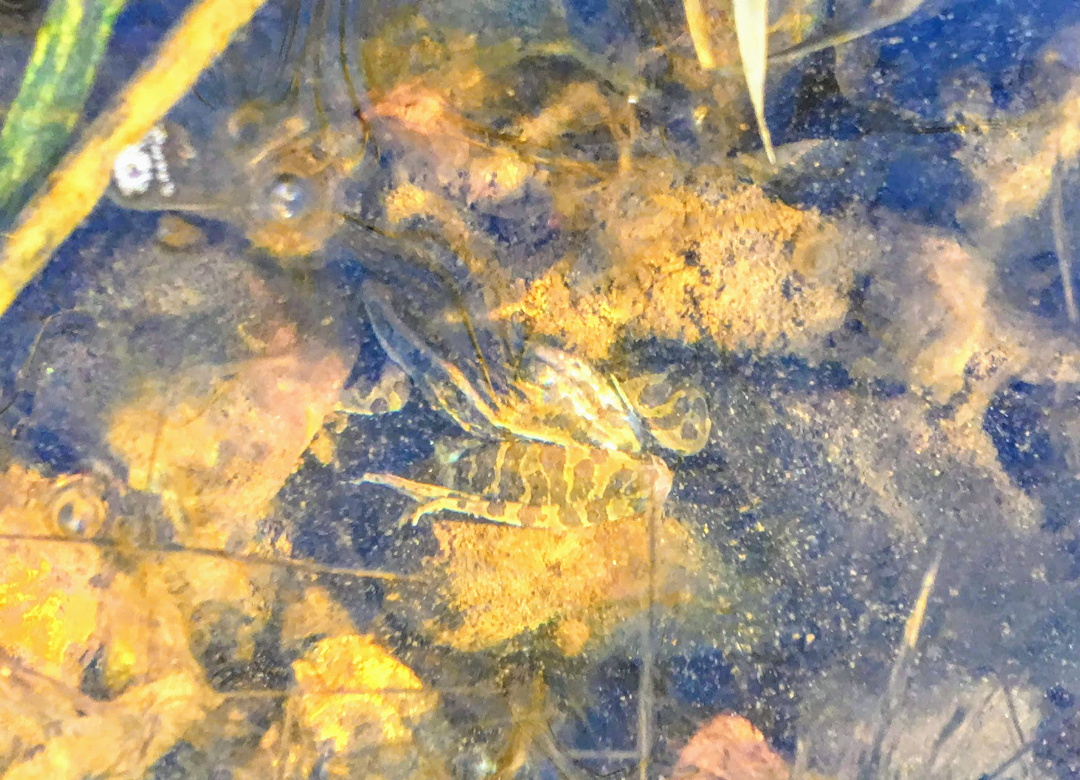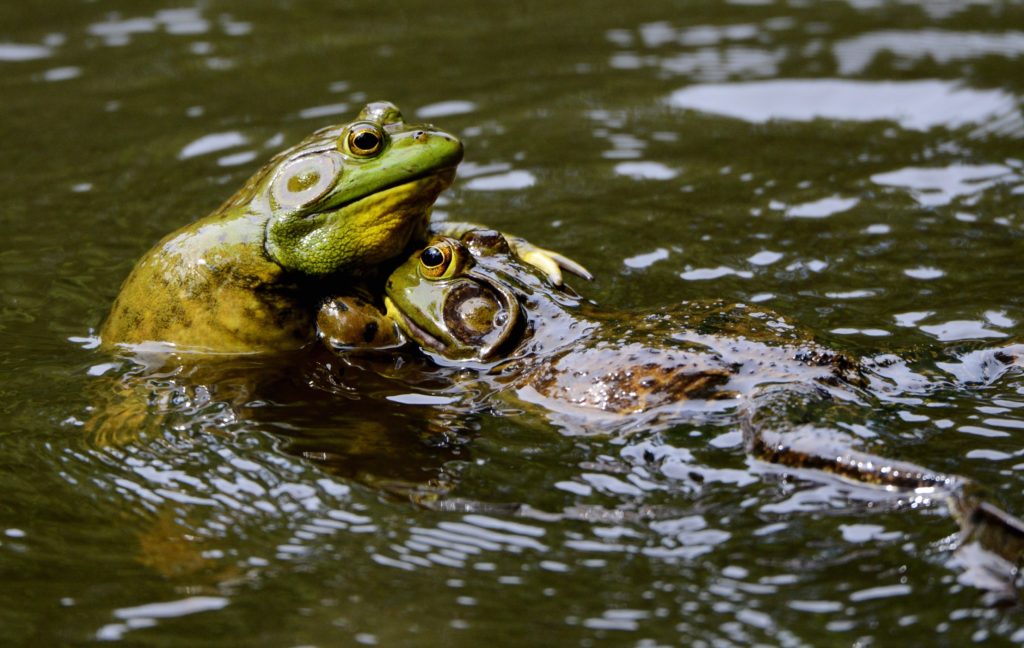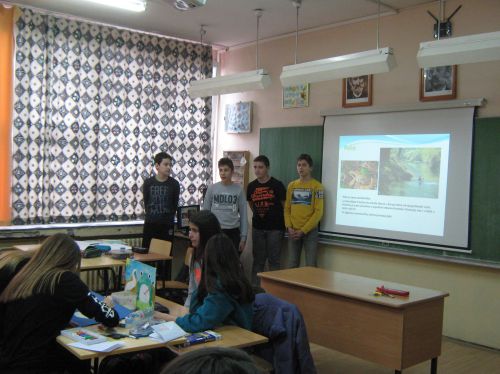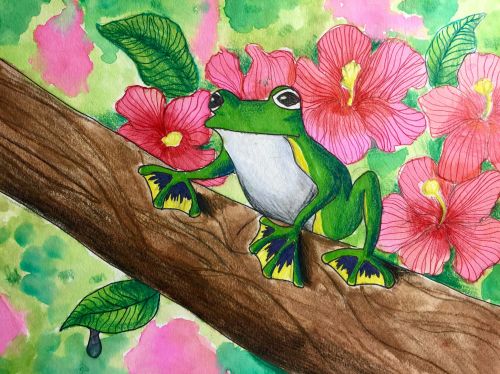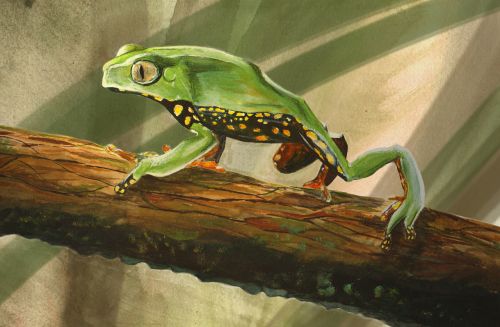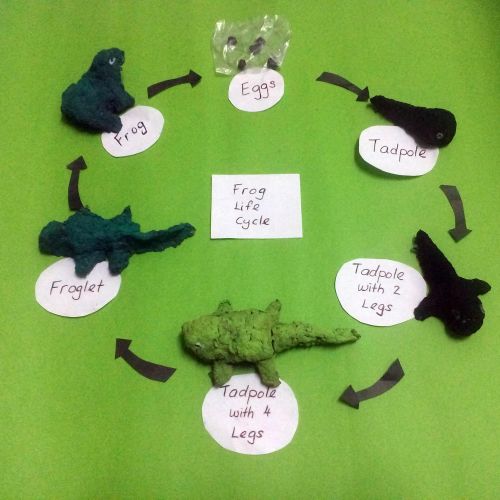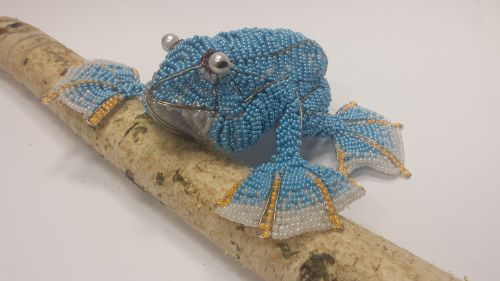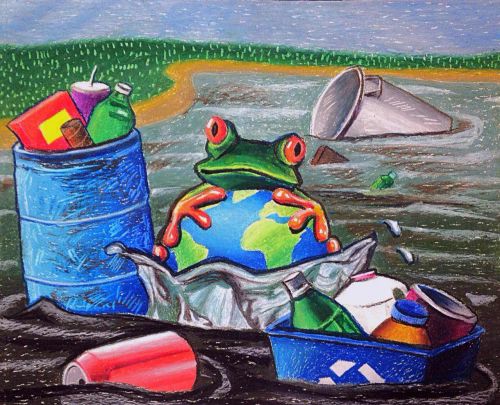Frogs Are Green thanks all the children from around the world for participating in our annual Kids Art Contest! The variety of subject, medium and cultural diversity made choosing incredibly hard! We also thank the parents and teachers that helped children learn more about frogs and bugs!
This year we received 1441 artworks from 32 countries and almost every state in the USA! Here in New Jersey I’m proud to share that the Wallace Elementary School of Hoboken submitted 400 artworks! That is a school project to be proud of! Jersey City students also turned in approximately 75 artworks! We also received quite a lot of artwork from China, Sri Lanka and Turkey, so you will see we selected the best of each of these countries also.
We want to thank the judges and we applaud them in choosing from a field of exceptional artworks: Jonathan Kolby, Geoff Mosher, Pam Andes, Bethe Ann Schwartz, Erin A. Delaney, Sigrid Shreeve, and Valerie Clark.
All winners receive a custom certificate based on how you placed, so email us to receive yours. The 1st place winners in each of the 4 age groups receive prizes, so email us!
And now for the winners… (wait for the page to load!!)
WINNERS by Age Group and Categories
Age Group 3-6
1st Place: Aneesha Kakar, 6 years old, Oman
2nd Place: Aliya Sakina Murdoko, 6 years old, Indonesia
3rd Place: W. W. Lakindu Chamindra Mendis, 6 years old, Sri Lanka
Honorable Mentions:
Chiang Ka Wong, 6 yrs old, Chong Hok Tong Education Center, Hong Kong, China
Elizaveta Krivonos, 6 years old, Russia
Hailey Kang, 6 years old, CA, USA
Nicole Zhang, 6 years old, New York, USA
Age Group 7-9
1st Place: Worth Lodriga, 7 years old, The Philippines
2nd Place: Eunice Shin, 9 years old, CA, USA
3rd Place: Daniel Myoung, 9 years old, USA
4th Place: Chaewon Yoon, 7 years old, CA, USA
Honorable Mentions:
Gayeong Song, 9 years old, CA, USA
Irmak Yesim Gelirli, 9 years old, Turkey
Junu Sim, 9 Years Old, Wallace School, Hoboken, NJ, USA
Age Group 10-12
1st Place: Minju Kim, 11 years old, USA
2nd Place: Zakiyah Hasanah, 12 years old, Indonesia
3rd Place: Shreya Venkatesh, 11 years old, India
Honorable Mentions: (We had over 600 artworks in this group, so awarding more!)
Christine Cho, 10 years old, CA, USA
Gusti Ayu Wedha Putri Surya, 10 years old, Indonesia
Icheng Huang, 11 years old, USA
Iris Yoon, 10 years old, USA
Jiyoon Lee, 10 years old, CA, USA
Minsoo Jung, 11 years old, USA
Nathan Kim, 12 years old, USA
Tanzina Tajrin Ede, 12 years old, Akibuki Art Academy, Bangladesh (2 pieces)
William Kim, 11 years old, USA
Age Group 13-17
1st Place: Ian Lee, 15 years old, MA, USA
2nd Place: Thomas Kim, 16 years old, USA
3rd Place: George Azmy, 17 years old, Jersey City, NJ, USA
Honorable Mentions:
Colin Song, 14 years old, NJ, USA
Paula Nataniela Roba, 15 years old, Latvia
Shanmukh Gollu, 16 years old, India
Best Elder/Student Collaboration
1st Place: Siah Pei Shan, 6 years old and Ooi Ling Ling, 40 years old, Malaysia
2nd Place: Ava Paulsen, 7 years old and Charles Vicker (Grandpa), CA, USA
3rd Place: Ioanna Lepetsou, 3.5 years old and Katerina Vassilikopoulou, 39 years old, Greece
Best 3D Artwork
1st Place: Paula Nataniela Roba, 15 years old, Latvia
2nd Place: Ioana Vallimaresca, 15 years old, Romania
3rd Place: Elizaveta Krivonus, 6 years old, Russia
Honorable Mentions:
Milla Van Der Walt, 9 years old, Australia
Misa Eunbi, 5 years old, Australia
Sara Lee Farrer, 9 years old, CA, USA
Best Environmental Artwork
1st Place: Vanessa Qiu, 14 years old, NJ, USA
2nd Place: Annie Chang, 15 years old, USA
3rd Place: Colin Song, 14 years old, NJ, USA
Honorable Mentions:
George Liu, 15 years old, NJ, USA
Joey Song, 12 years old, CA, USA
Kareem Brock, 17 years old, Liberty HS, JC, NJ, USA
Laura Liu, 10 years old, NJ, USA
Madonna Botros, 17 years old, Liberty HS, JC, NJ, USA
Yagmur Kaskan, 9 years old, Turkey
Thank you John Crittenden for this lovely statement! (Originally posted on Facebook.)
“Spreading art and joy around the world feels especially good at this uncertain time in American history. Congratulations to Frogs Are Green for another successful contest. Fourteen hundred entries from kids in 32 countries means the mission of spreading environmental awareness among the younger generation is being accomplished. Click the links and enlarge your own awareness of beauty, nature and how expressive kids can be.
And check out the ways you can support the mission. Stepping up for Frogs Are Green is one form of #Resistance to the ignorance and denial of facts that spurs the ongoing habitat destruction in our natural world. I’m happy to stand in the light of Susan Newman, the founder. She’s one more example of how much positive change one person can make in the world if they reach out via the Internet.”
